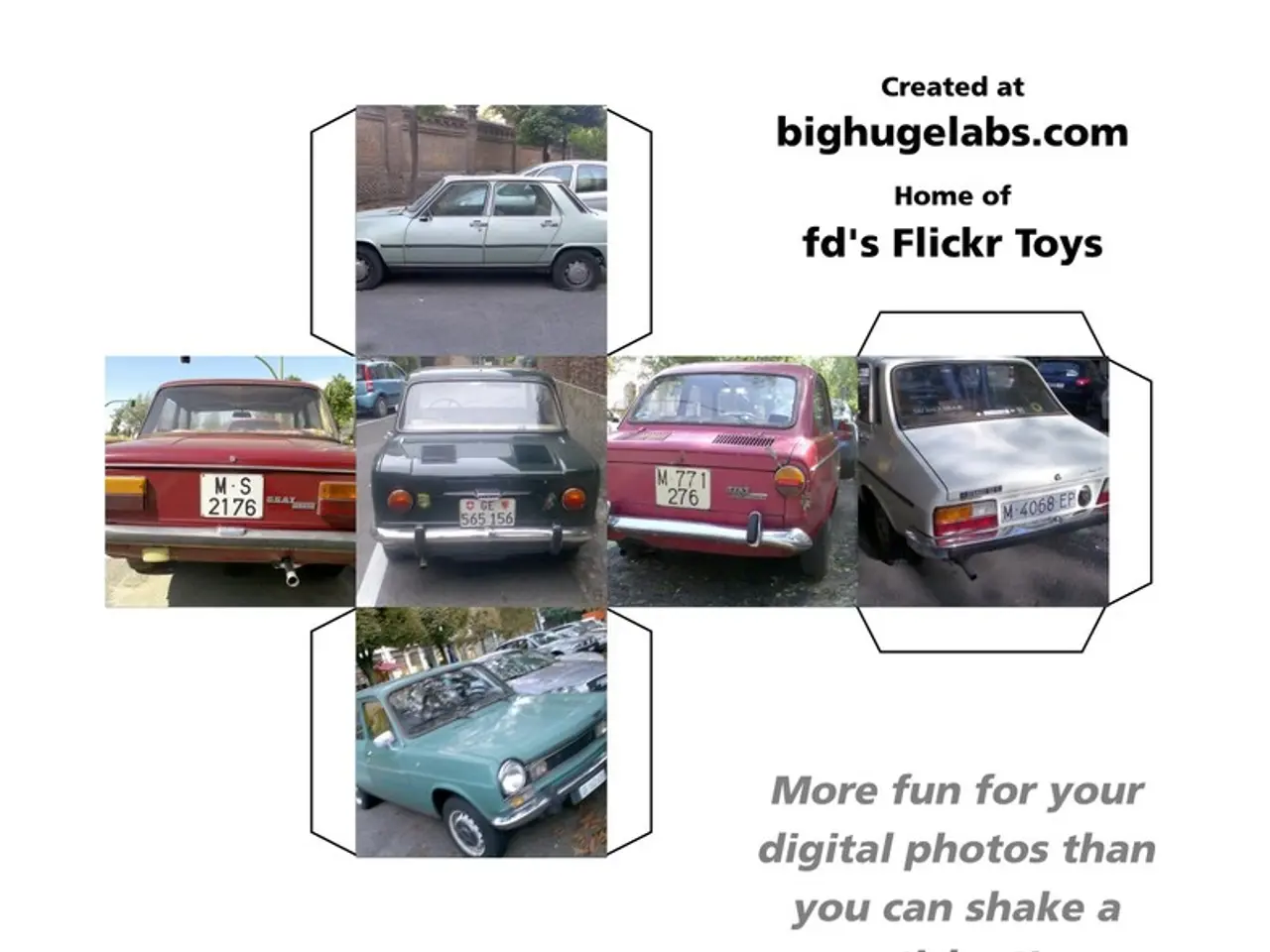Toyota's Growth Trajectory Amid Progress in Intelligence and Electrification Technology Development
**Toyota Leads the Way in Vehicle Intelligence and Electrification**
At a recent shareholder Q&A session, Toyota's Vice Presidents Yoichi Miyazaki and Hiroki Nakajima discussed the company's progress in vehicle intelligence and electrification.
Toyota's strategy for electrification is a multi-pathway, diversified approach, with a focus on software development and external collaborations. The company does not exclusively focus on battery-electric vehicles (BEVs), unlike some competitors. Instead, Toyota emphasizes a broad portfolio including hybrids, plug-in hybrids (PHEVs), and BEVs.
This pragmatic approach is reflected in the strong market adoption of Toyota's electrified vehicles. Over 50% of vehicles sold in North America and 78% in Europe are electrified, with popular models like the Camry Hybrid, Corolla Hybrid, RAV4 PHEV, and Lexus' hybrid PHEVs leading the way. Toyota has also allocated $17 billion for electrification R&D by 2025, focusing not only on battery technology but also hydrogen fuel cells as an alternative energy source.
Toyota's software capabilities are a core part of its vehicle intelligence strategy. Since 2022, the company has increased its technical hires to include 40-50% software engineers, recognizing the growing importance of software in EVs and autonomous driving. A key component is the creation of Arene, a software platform developed by Toyota's innovation hub "Woven by Toyota." Arene is designed to efficiently build safe, secure, and high-quality software for vehicles, exemplified by its integration into the new RAV4.
Toyota actively collaborates with and invests in external companies to accelerate its autonomous driving and smart vehicle initiatives. Acquisitions and investments include Lyft’s autonomous vehicle division, Uber’s self-driving unit, and Pony.ai. Partnerships with tech firms like Cogobuy in China to build a "Smart Car Ecosystem" indicate Toyota’s strategy to leverage expertise outside the traditional automotive industry.
These collaborations support Toyota’s efforts to develop autonomous driving technologies such as the "Chauffeur" system for full self-driving and "Guardian" driver assist, as well as the deployment of shared autonomous vehicles like the "e-Palette" showcased at the Tokyo 2020 Olympics.
Toyota's "Woven City," a sensor-rich, high-tech development site under construction near Mount Fuji, serves as a living laboratory for autonomous vehicles, smart mobility, and electrification technologies. Scheduled for completion in 2024, it is intended to facilitate real-world testing of intelligent vehicle systems in a controlled environment with community participation.
Vice President Miyazaki attributed a major positive factor behind Toyota's earnings to the cost reduction and sales-side efforts made possible by the tireless contribution of suppliers and dealers. The increased operating income includes 700 billion yen of investments in human resources, including suppliers and dealers, as well as growth areas such as battery electric vehicles (BEVs), hydrogen, and software.
For the fiscal year ending March 2025, Toyota posted an operating income of 4.8 trillion yen, an increase of 500 billion yen on the initial forecast. Vice President Nakajima believes that automobiles can lead the way for various industries, helping to make ever-better cars and a better society. He emphasized the importance of collaborating outside the auto industry to increase value and enhance safety.
To achieve seamless connectivity, Toyota has teamed up with NTT and a rocket company that launches communication satellites. In recent years, efforts to strengthen and deepen relationships with existing customers have contributed around 150 billion yen in earnings annually. The new RAV4 features the latest version of Toyota Safety Sense, a suite of advanced safety technologies, for which Arene powered development and data collection.
Toyota is shifting SDV development into full gear, with Chairman Akio Toyoda stating that "Toyota's SDVs are first and foremost a path to zero traffic accidents." The company is expanding the potential of new value chain domains through software-defined vehicles (SDVs) in their carmaking. Toyota's efforts in SDV development and electrification are intended to demonstrate to shareholders and investors that the company is transforming itself into a mobility company.
Artificial intelligence is said to make it possible to predict a driver's next actions, enabling an even greater level of safety in Toyota vehicles. In this fiscal year, value chain earnings have been raised to the level of 2 trillion yen. Earnings from the value chain are becoming a new pillar of Toyota's financial foundations.
- Toyota's focus on software development and external collaborations, particularly in the areas of autonomous driving and smart vehicle technologies, suggests a strategic integration of technology in their business operations, aiming to transform the company from an automotive manufacturer to a mobility innovation leader in the finance sector.
- As Toyota's strategy for electrification encompasses a broad portfolio of hybrid, plug-in hybrid, and battery-electric vehicles, as well as a substantial investment in hydrogen fuel cell research, their diversified approach in the business of technology offers potential for substantial growth and market leadership in the finance sector.




